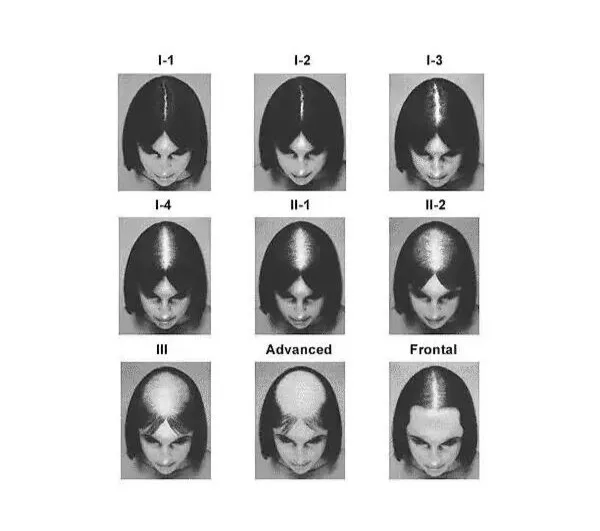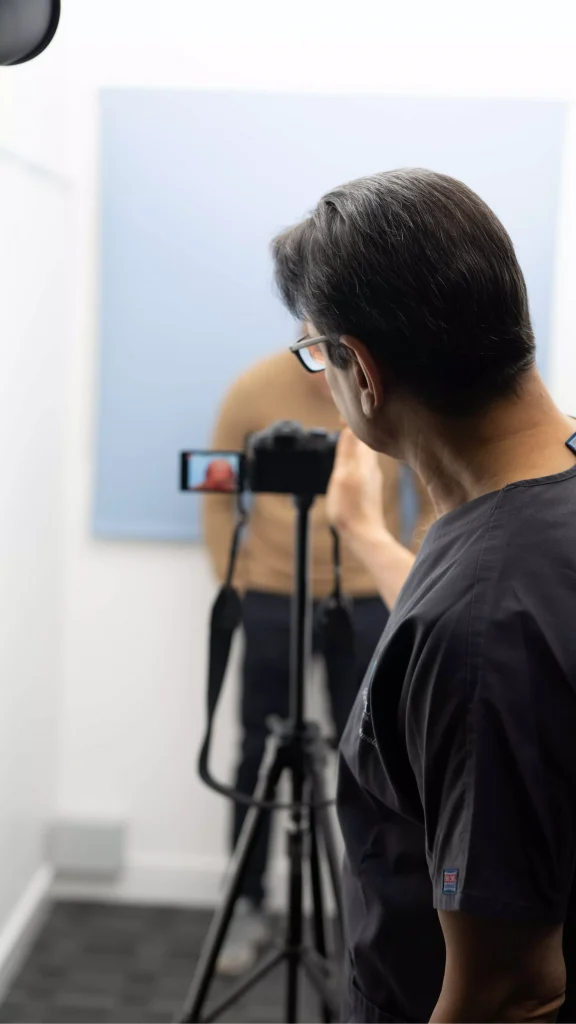Hair transplants for women
We specialise in both surgical and non-surgical hair restoration and offer FUE and FUT hair transplants for women in London and Manchester.

Hair Loss in Women And Female Hair Transplants
Female hair loss can have a devastating effect on a woman’s self-esteem and quality of life. Too often, female hair loss is not taken seriously by family or friends, or even by some medical professionals. Although it is seen as less common for women than it is for men, around half of all women will experience hair loss at some point in their lives.
As gradual hair loss is often associated with ageing, and temporary hair loss can occur as the result of hormonal changes, female hair loss can be dismissed as a ‘normal’ problem. Hair loss in women shouldn’t be overlooked until a diagnosis is made regarding the root of the issue.
What is the Best Women’s Hair Loss Treatment?
One potential solution is a course of Rogaine or Minoxidil, which has been proven to work in a large sample of women, prolonging hair growth to give the hair more time for it to grow out fully.
However, there are some potential side effects that could be off-putting, including swelling, inflammation, rapid weight gain and headaches.
A female hair transplant is a far more effective, long-term solution that doesn’t have any detrimental impact on your health or wellbeing.
Common causes of female hair loss
Below is a list of common causes of female hair loss:
- Androgenetic Alopecia – hereditary pattern hair loss with a typical pattern of diffuse thinning over the central scalp. It occurs in about 20% of women.
- Alopecia Areata – a recurring disease of unknown cause, that results in a patchy loss of hair from the scalp and/or eyebrows.
- Telogen Effluvium – shedding of hair over the entire scalp, it may be chronic but can also be acute following a stressful event.
- Loose Anagen Syndrome – hair sheds before its normal growth cycle is completed. Hair can be pulled out by normal combing or brushing.
- Traction Alopecia – tight braiding and corn-rowing can cause permanent damage to hair and scalp.
- Trichotillomania – a person feels compelled to pluck hair in regular or bizarre patterns, resulting in permanent hair loss.
- Hypothyroidism – thyroid deficiency can be associated with thinning, patchy hair loss.
Contact us to find out how we can help with female hair loss.

Hair transplants for women
Arrange a consultation today

Your Journey
Consultation
When beginning your hair restoration journey, you will be consulted by an experienced member of staff with the involvement of the surgeon at an early stage. The pros and cons of your options will be examined with you, so that you are in a position to make an informed choice.
Procedure
Modern techniques of surgical hair restoration, can restore lost hair and replace or re-shape your hairline with your own natural, growing hair. This needs no more care than the ordinary washing, styling and trimming you have always done. Transplantation can be done so well that often a hairdresser or stylist cannot even tell that grafts have been placed.
Aftercare
Hair transplant surgery today is remarkably well tolerated. Within 24 hours small crusts will form on each graft that are then shed in approximately 14-28 days. The grafted hairs will often start to grow by 16-20 weeks after the procedure and will continue to grow for most, if not all, of one’s life.
Hair transplants for women with Crown Clinic
We specialise in female hair transplants at Crown Clinic. Our expert team can work to give you a natural hairline to help you regain your confidence. Many women don’t realise that certain hairstyles and beauty regimes can lead to hair loss. So if you’re suffering, contact our team today to arrange a female hair transplant consultation and find out how we can help you. Get in touch today.
FAQs
For some women, hair loss can start as early as their 20s. After the age of 30, as many as 1 in 3 women may notice their hair thinning. The average person sheds between 50-100 hairs a day which is completely normal. However, women who consistently experience loss or shedding of 150 or more hairs a day may want to seek guidance from a professional as this could be a sign of female pattern hair loss. Female pattern hair loss is a genetic hereditary condition which can be inherited from either the mother or father’s side. If members of your family have previously suffered this may be another sign to consider some form of treatment. Speaking to your relatives can give you some guidance on what age the problem could become apparent. Some beauty regimes can also lead to hair loss, which can occur at any age. Those experiencing female hair loss at any age should consult a professional to find out the best course of action.
Female hair loss is different to male hair loss. Women’s hair loss happens due to the miniaturisation of the hair – a thinning of the hair follicles – and usually begins around the crown. Sufferers may also notice hair loss around their parting. Unlike men’s hair loss, women don’t tend to suffer complete baldness or see any receding of their hairline.
Unfortunately, female pattern baldness is irreversible, but there are ways to stop or slow down the hair loss. A hair transplant is the most effective way to restore your hair to its former glory. The procedure is a relatively fast and convenient treatment that has transformed the confidence – and lives – of many women. If you would like to find out more about dealing with female hair loss and the benefits of a hair transplant, arrange a consultation with us today.